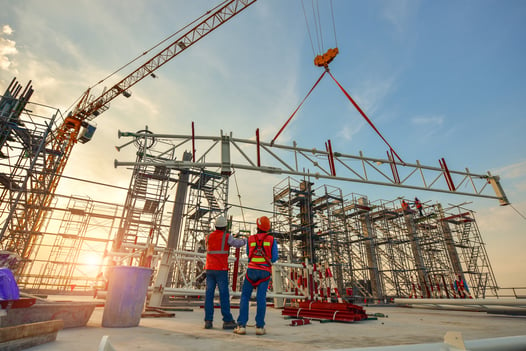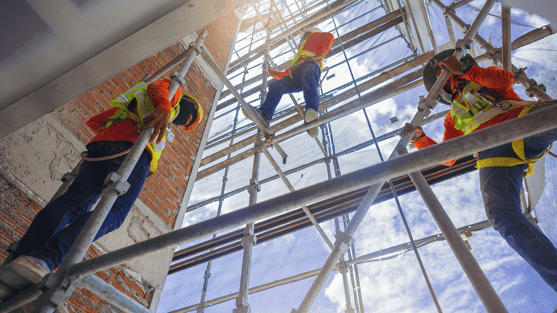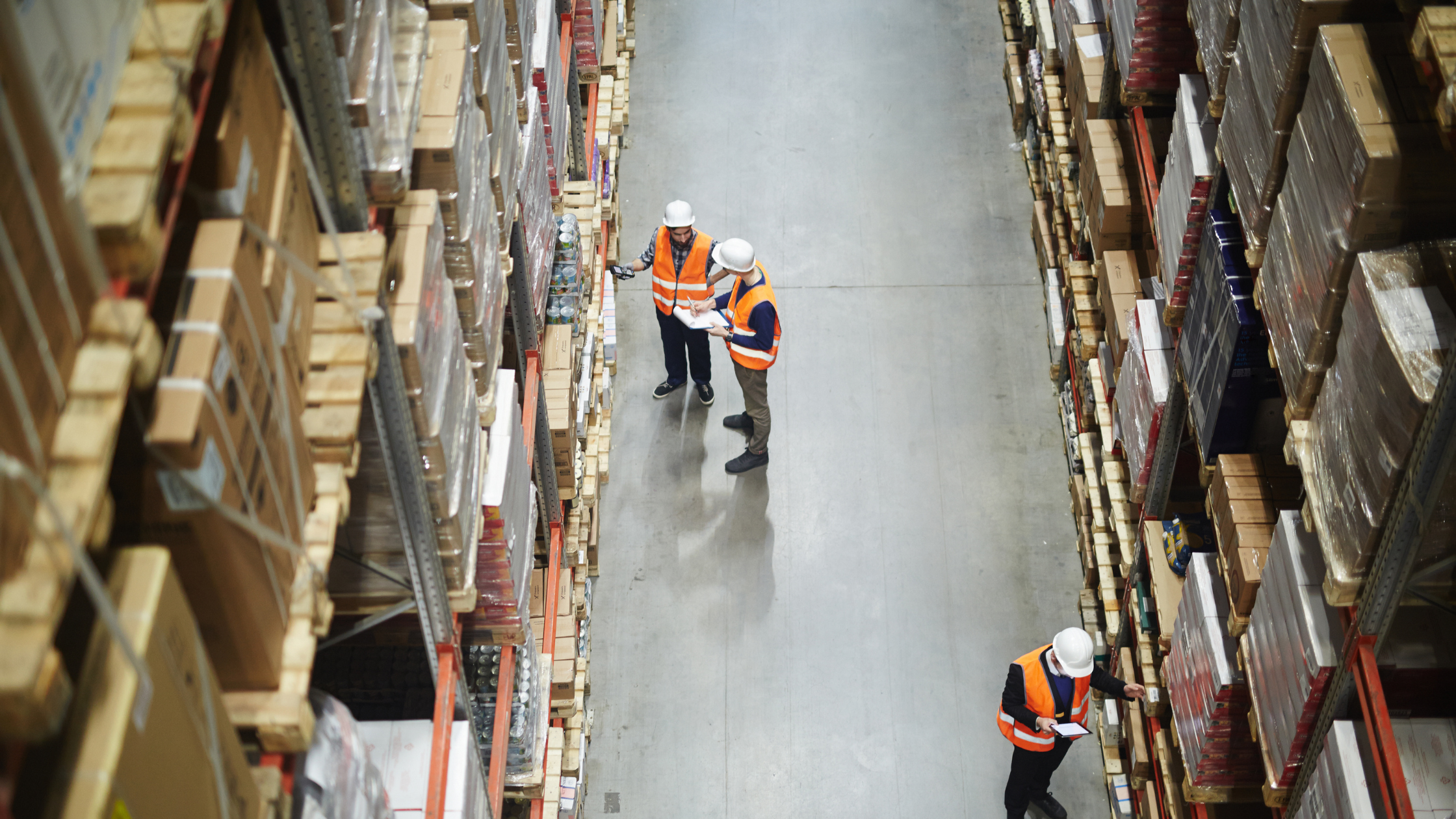At times, safety becomes an integral part of your workplace tasks, such as using personal protective equipment. And on other occasions, safety is ingrained in the very core of the foundation.
Allowable stress is a fundamental concept that bridges the gap between safety and engineering, ensuring the protection of individuals in various work environments. While you may not have an engineering background, understanding the meaning and applications of allowable stress is crucial for EHS professionals. This knowledge allows for the translation of safe building principles into practical safety protocols for workers.
Allowable stress is crucial for ensuring workplace safety by defining the maximum stress a structure can handle, preventing hazards and promoting well-being. Understanding and applying allowable stress helps manage loads, prevent overloading, and reduce the risk of structural failures, enhancing safety measures and creating a secure work environment for confident task performance.
Allowable Stress: Meaning and Uses
Allowable stress, or allowable strength, is the maximum stress that can be safely applied to a structure. This is usually defined in building codes and the strength of the metal in question.
In the allowable stress design method, the designer must size the anchorage in such a way that the service load does not exceed the allowable load. The designer has to read the allowable load from the applicable table and adjust for all applicable design parameters for the anchor.

Calculating Allowable Stress
Because the allowable stress determines how much weight a structure can safely bear, it’s a critical piece of design information for an engineer. Calculating allowable stress is a relatively straightforward process.
Allowable stress is determined by a factor of safety and the yield strength of the object, i.e. the stress at which the object will be permanently damaged. As such, calculating allowable stress begins with finding the yield strength of the materials in question.
From there, select a factor of safety. These are usually set by the industry in question since different industries need materials to perform in different ways. If there is no industry standard set, a good overall safety factor is 4.
After that, simply divide the yield strength by the factor of safety to calculate the allowable stress.
How an Engineer Applies Allowable Stress in Safety
In safety, allowable stress plays a crucial role in ensuring the structural integrity and stability of a building. Without a clear understanding of the allowable stress limits, engineers risk compromising the safety of the structure by unknowingly subjecting it to excessive loads. Essentially, allowable stress defines the threshold of weight that a structure can safely support, making it a cornerstone of safety in construction and engineering.
For instance, in the construction industry, where heavy loads are a common occurrence, knowledge of allowable stress is essential to prevent overloading and potential structural failure. Consider a scaffold - it can only be deemed safe as long as it is within the allowable stress limits and supports a manageable load. By adhering to these limits, workers can ensure the safety of the structure and their own well-being while on the job.

Ultimately, understanding and applying allowable stress is not just a concern for engineers; it is a vital component of creating a secure work environment for all individuals involved in construction projects. By integrating this knowledge into safety protocols, we can enhance safety measures, reduce the risk of accidents, and promote a culture of safety in the workplace.
Strengthen Your Safety Understanding
It's easy to overlook the significance of allowable stress in your daily work routine, assuming it's a concept reserved solely for engineers and safety professionals. However, the reality is that understanding and applying allowable stress is essential for everyone in the workplace. Whether you're a construction worker, maintenance technician, or office employee, the implications of exceeding allowable stress limits can impact your safety and well-being.
Imagine a scenario where a scaffold is overloaded beyond its allowable stress limits due to negligence or lack of awareness. The consequences could be catastrophic, leading to structural failure, accidents, and injuries. By grasping the concept of allowable stress and its practical applications, you empower yourself to make informed decisions that prioritize safety in your daily tasks.
Incorporating this knowledge into your work practices not only safeguards yourself but also your colleagues and the overall work environment. It fosters a culture of accountability, where each individual understands their role in upholding safety standards and preventing potential hazards. And if you're seeking a seamless way to integrate key safety principles into your workflow, consider utilizing our safety management software. It provides a user-friendly platform to track, monitor, and enhance safety measures, ensuring that you always remain informed and proactive in maintaining a secure work environment.

